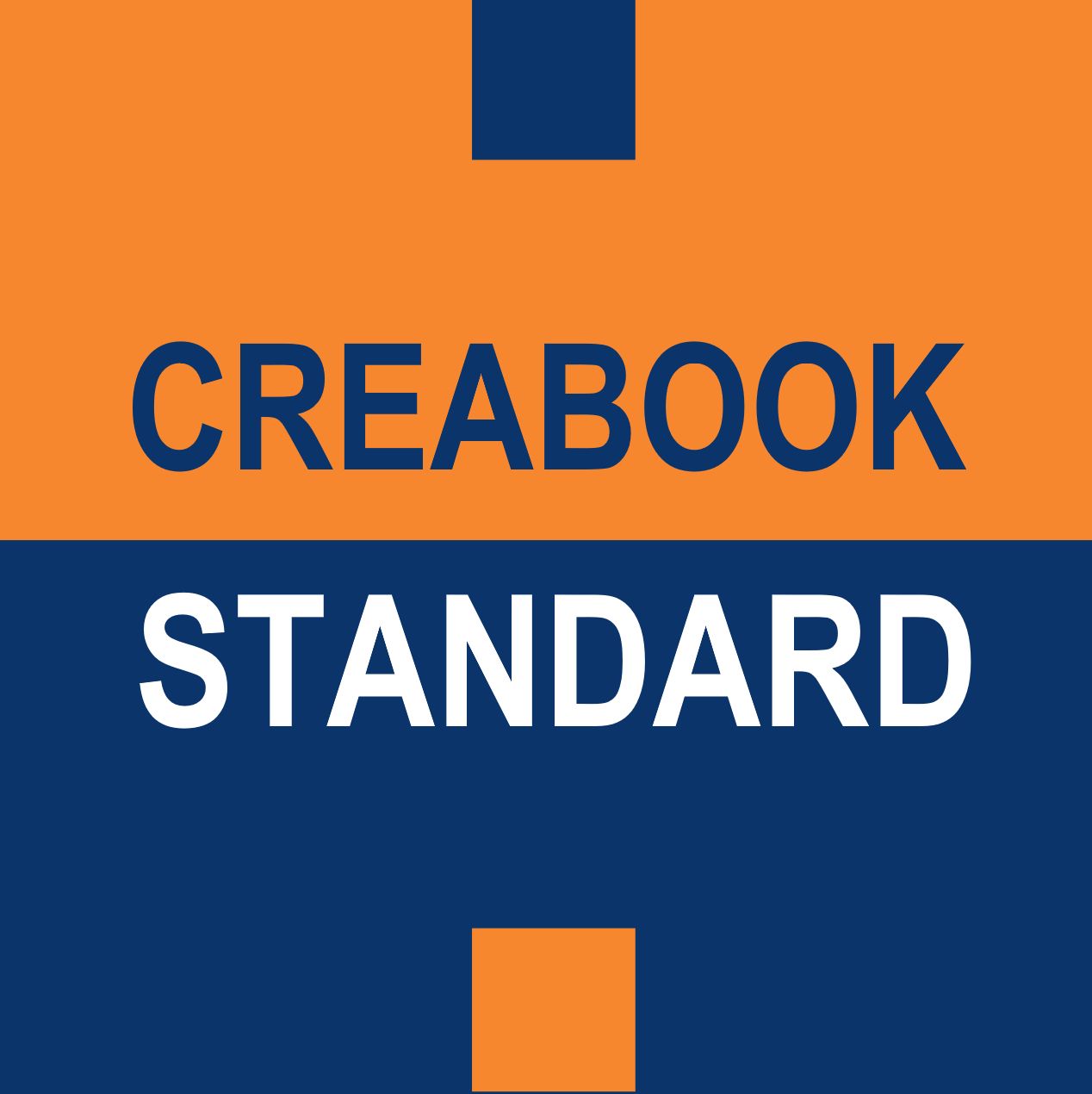Here, you will define the central characteristics of the standard that structure the construction of your creation.
What is the objective of your standard? What specific problem or need does it seek to solve or fulfill?
What stakeholders are involved, and how can their needs and perspectives be taken into account?
Refer to key examples from different sectors
Architecture: The staircase of Château de Chambord (Leonardo da Vinci).
“According to Leonardo da Vinci’s creation notes (Codex Atlanticus), the construction of the castle is modeled after the double-revolution staircase around a central axis.”
Science: Universal Law of Gravitation (Isaac Newton).
“Newton hypothesized that the fall of the apple was related to universal gravitation and that bodies attract each other based on their mass.”
Technical field: Dynamite (Alfred Nobel).
“Nitroglycerin accidentally fell on diatomaceous earth (marine algae). By reproducing the phenomenon of mixing the explosive with this component, Nobel obtained a stable and transportable product.”
Artistic field: The Thinker by Rodin.
“Rodin sculpts Dante Alighieri’s thought meditating at the top of the portal of hell with the full strength of his body.”
Information Technology field: Smartguide (Gérard de Villeroché).
“Villeroché gathered a team of academics, engineers, and researchers around him. They set out to build the world’s first digital navigator. The creator created an initial digital map of the city of Metz composed of a series of segments. He was the only one refusing the north orientation that his team wanted to impose on the map displayed on the screen. It seemed essential to him to present the scanned map in line with the vehicle’s axis. This characteristic, following the recommendation of his intellectual property advisor, became the number one claim, the characteristic of the prototype he presented at the Geneva Inventors’ Fair, and the standard for navigators dominating the global market.”
Refer to the reference example
“The CreaCORN is designed to help incubators conduct dynamic monitoring of innovation development. The aim is to offer attractive investments to the financial partners of startups, remunerated according to the stage of development of the company.
First and foremost, it offers each startup the opportunity to establish, improve and certify its intellectual property as it sees fit, especially after completing the 5 phases of development:
- Ideation
- Seeding
- Foundation
- Scaling
- Expand
The startup’s progress toward its expansion goal is measured using a multiplier pyramid. Each multiplier gauges the startup’s potential profits. The closer it gets to its expansion target, the more the multiplier decreases.
This certification is secured by a contribution based on the revenues of all startups within the CreaFREE ecosystem. This contribution feeds a mutual startup insurance (CreaSURE). The certification system works with simple and reliable assessments. Since errors are always possible, the CreaSURE fund compensates startups and stakeholders who might fall victim to a certification error.”
